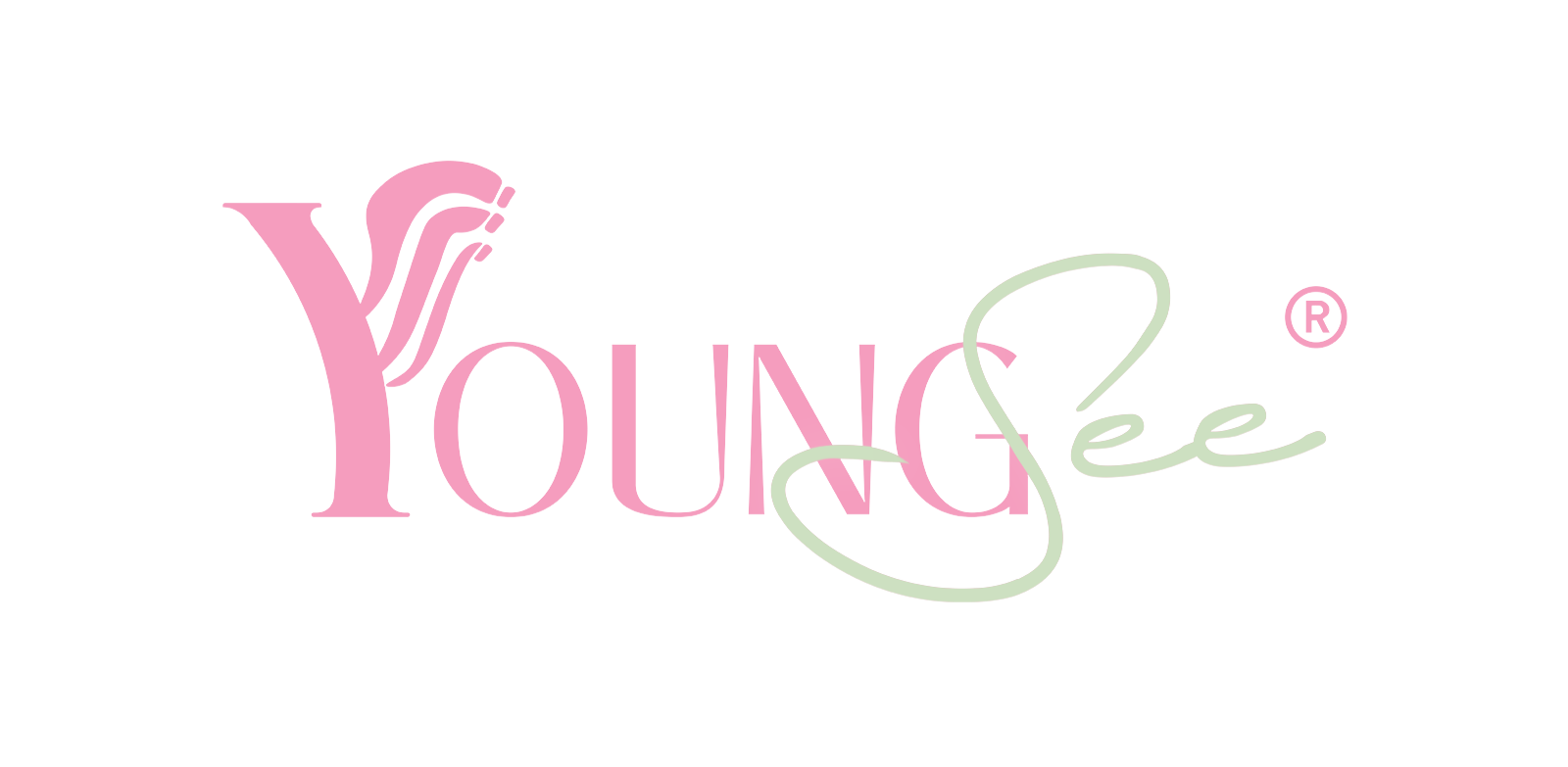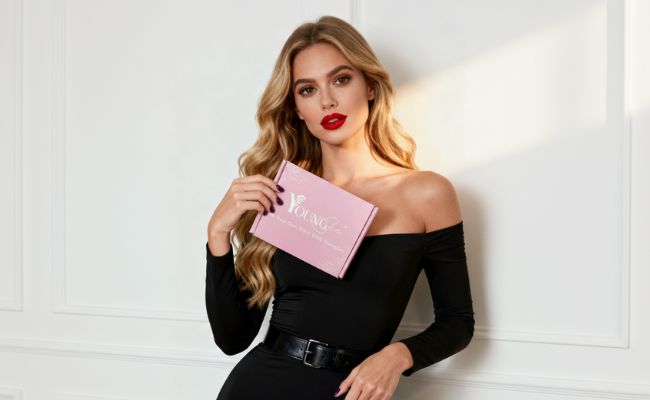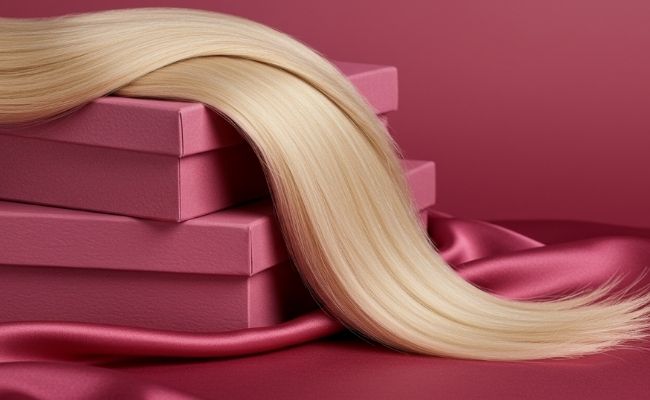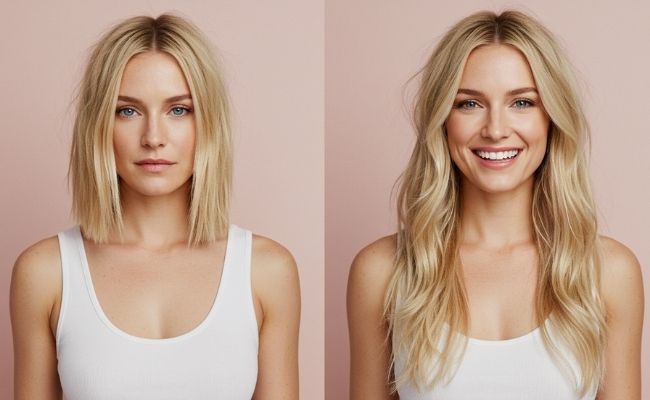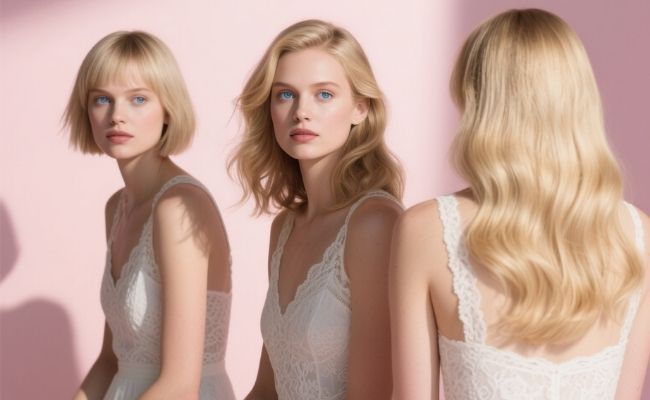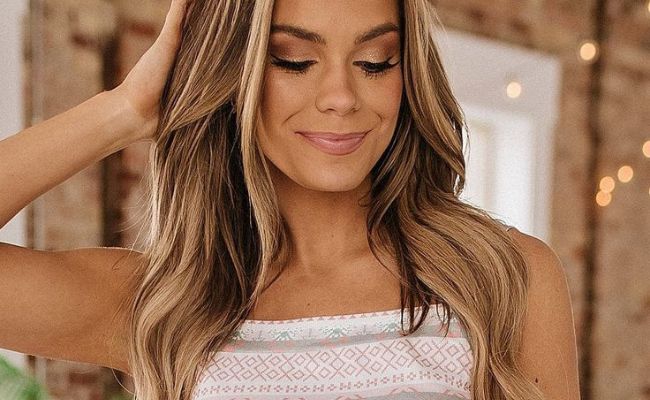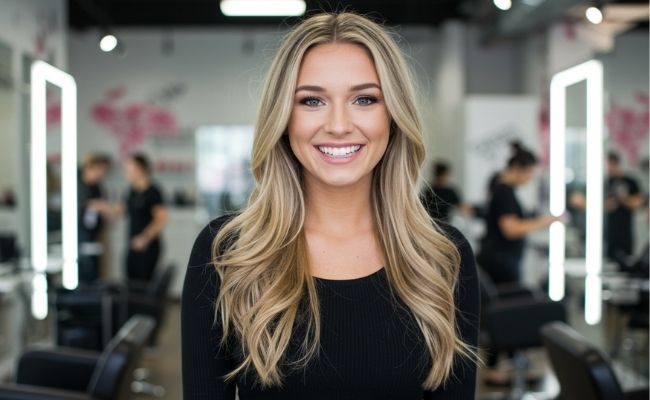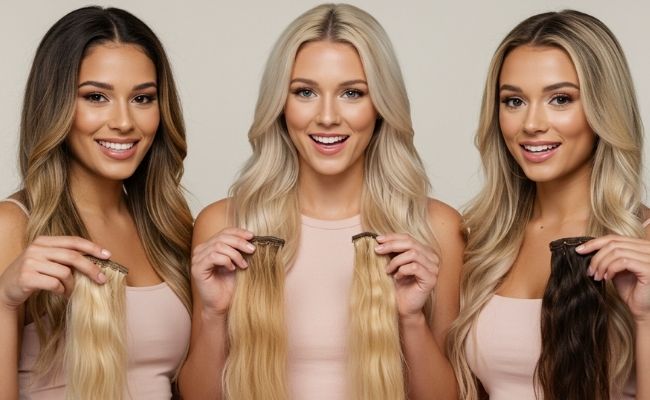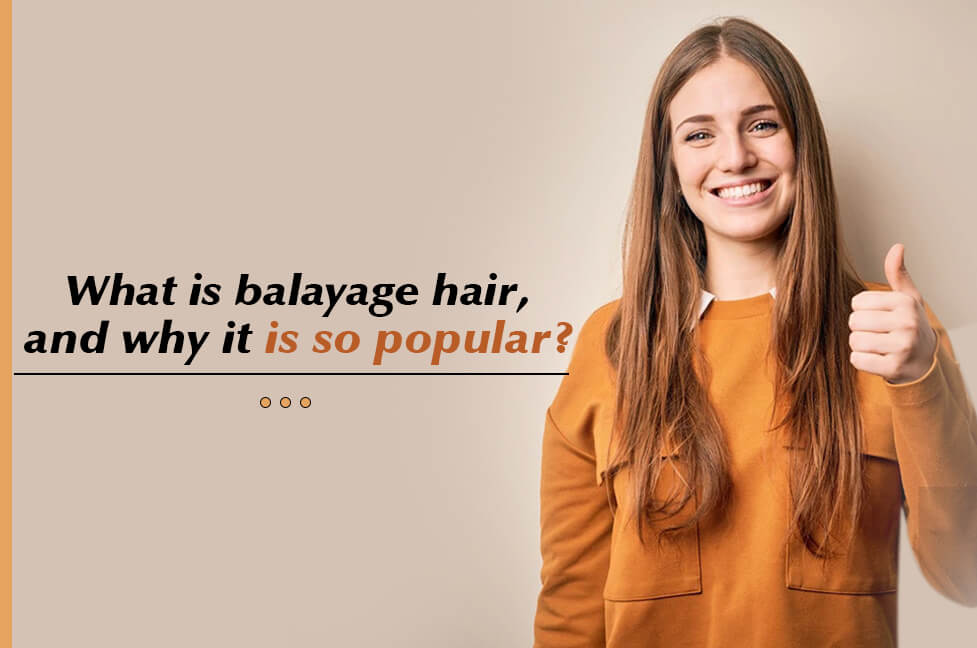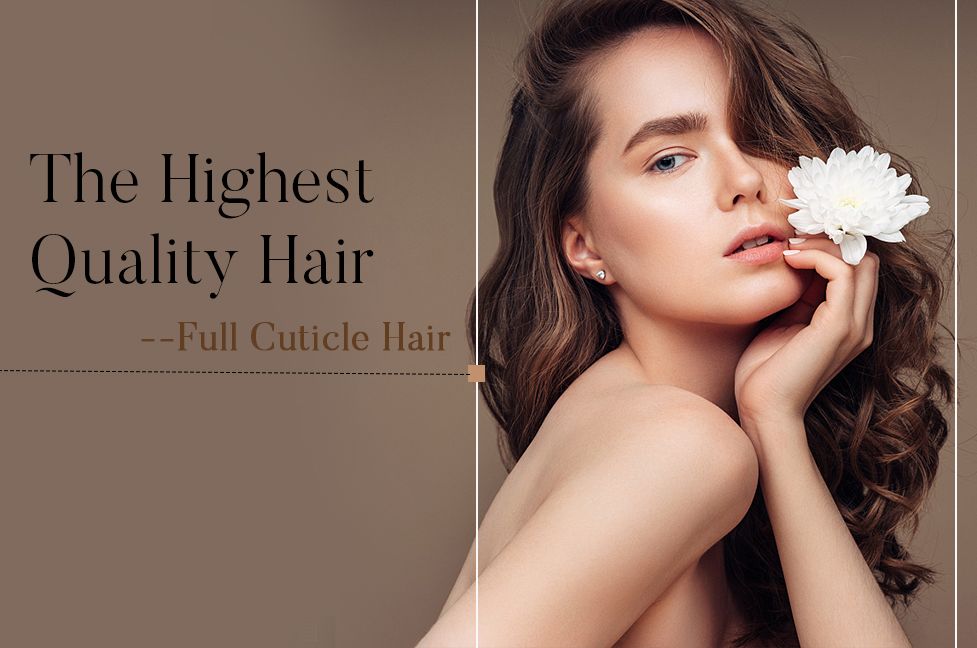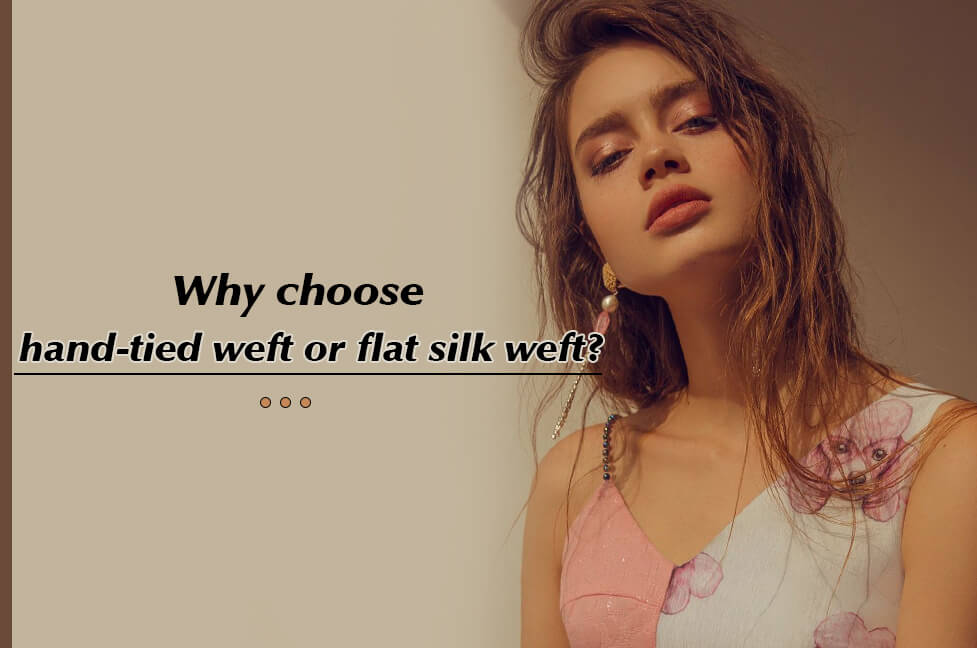Table of Contents
Balayage Hair: Everything You Need To Know
Balayage has become one of the most coveted requests in hair salons worldwide. While balayage may have exploded in popularity in the past few years, the dyeing technique has been around for quite some time, only recently sneaking its way into modern hair salons. Over the years, hairstylists have perfected the art of balayage, even going on to make a name for themselves based on their balayage technique and expertise. As celebrities and supermodels alike show off their sunkissed, softly melting hair colour, it's safe to say, balayage hair is here to stay.
Read on to learn everything you need to know about the balayage, why it's so popular

What is balayage?
The word “balayage” is a French word meaning “to sweep” or “to paint.” It is a technique for dyeing hair in which the dye is hand-painted onto the hair to give it a natural, gradual transition with no obvious or harsh lines. Balayage uses various tones of light and dark to create multiple dimensions of colour, leaving the hair with a blended, natural, sunkissed glow.
The most appealing thing about balayage is that the colour can be customized completely to your hair colour and hair type. By strategically freehand painting the hair, you can highlight or even detract from certain features of your face, and you can be sure that no one else out there has the exact same hair colour as you.
What is the difference between balayage and highlights?
Unlike traditional foil highlights, balayage is freehand painted directly onto the surface of the hair and is not saturated right through the section. Balayage does quite the opposite. Because balayage is painted by hand, the highlights are less consistent. This results in the softer progression of the dye, leaving a beautiful, natural multi-toned colour. This also ensures that the highlights work in tandem with your haircut and natural growth patterns.

What is the difference between ombré and balayage?
You may be thinking that the balayage technique sounds similar to the other highlighting styles that have been popularized recently. While this is sort of true, there are some key differences.
Ombré is means "shadow"—it's a process that dyes the hair in a gradation from dark to light. The outcome is usually darker hair from the roots to the mid-shaft and a transition to a lighter colour from the mid-shaft through to the ends. If not done correctly, however, you could end up with a harsh and unblended look, which is why it's so important to go to an experienced hairstylist for a dye job like this. With this technique, there are no darker pieces left at the bottom of the hair. It is noticeable colour blocking from dark to light, with a smooth transition in between. This technique is meant to look like the hair has been dip-dyed.
DYEING TECHNIQUES
With balayage, the hair colourist paints the dye directly onto the hair strands, leaving a natural blend. On the other hand, a more drastic colour transition can be achieved by bleaching the bottom half of your hair and dyeing a lighter shade on top using foils, a more traditional dyeing method, to achieve that soft blend between the two colours.
Is balayage right for you?
The creative possibilities are endless, Balayage is a more gentle foray into the world of dyeing if you have never had your hair dyed. It is also a good idea to look at how you usually style your hair, as this may dictate whether you opt for balayage or its counterpart. For example, balayage looks beautiful when finished with beachy, flowing waves, while a strong bob haircut or straight hair would show off more drastic colour blocking. Regardless, consult with your hair colourist before your appointment to ensure that you are making a decision that feels right for you and your lifestyle.

How can you tell if your balayage hair has been done correctly?
The main goal of balayage is a soft, subtle, seamless blend. Therefore, dyed pieces should be close together and soft at the root, thickening toward the end, with darker pieces left throughout the ends for that natural look. Balayage should also be applied only to the surface of the section of hair, not saturated throughout—this is usually achieved with a thicker clay dye, to avoid harsh streaks of colour.
As mentioned above, balayage means to "paint" or "sweep"—it's a dying process that results in natural-looking highlights. For balayage, colour is swept through small, triangular sections of hair onto a board or foil, resulting in a seamless blend of the highlights and your natural hair colour. With balayage, there is no clear fade line between the darker and lighter colours. As well, darker pieces are left at the bottom to give the hair that extra depth and dimension. Balayage hair also requires less maintenance due to this natural transition.
How can you tell if your balayage hair has gone wrong at the salon?
Since balayage is a specialized technique it is important to visit a professional hair colourist with experience and knowledge in this area. The hair colourist should use the right products for the colour you are looking to achieve as well as your hair type, knowing when to rinse the hair. If the hair is rinsed too early, the hair may not lift correctly, leading to a brassy orange shade. On the other hand, if the dye is not applied and placed properly, you may be left with patchy balayage. Before choosing your hair colourist, be sure to contact us and read reviews to ensure that they will be right for the job. If you've had an unfortunate balayage experience, not to worry! Bad colour jobs can be fixed with techniques like root melting or toning down the colour—again, be sure to book a consultation for any fix-ups.
How to make balayage hair last
Like with any colour-treated hair, it is important to protect your hair and use the right hair products to maintain your colour and infuse moisture back into your hair in between appointments. We recommend using salon-quality sulphate-free shampoos to ensure that the colour is not stripped away, as well as purple reinforcing shampoo, to eliminate any brassy tones until your next salon visit. Be sure to speak with your hair colourist before leaving the salon about care tips for your specific style, to ensure that your colour is maintained as best as possible.

Is balayage hair just a fleeting trend?
Although many hair trends come and go, we predict balayage is here to stay. Since the colouring technique has been around for so long since its inception in France, we don't foresee a natural, sun-kissed highlighted look going out of style anytime soon. Trends may change from how heavy the gradation is from dark to light, how subtle these highlights are, and how warm or cool the overall effect is, however, the beautiful depth and dimension achieved with balayage hair is timeless
How to achieve balayage without dyeing
If you're hesitant to take the plunge to dye your hair, you can achieve this look with some hair extensions. balayage hair extensions, to achieve beautiful, natural-looking balayage hair in minutes. All balayage hair extensions are available in the Youngseeshop, Not only are balayage hair extensions a great way to test out balayage before committing to dyeing but can be saved for a special night out to transform your look in minutes.
You may also like:
How to make your hair less greasy?
How to Fix Damage Hair?